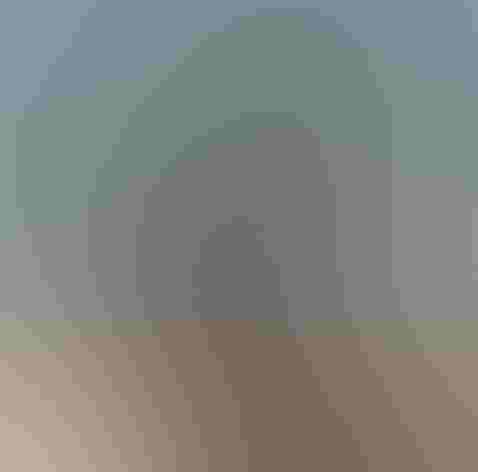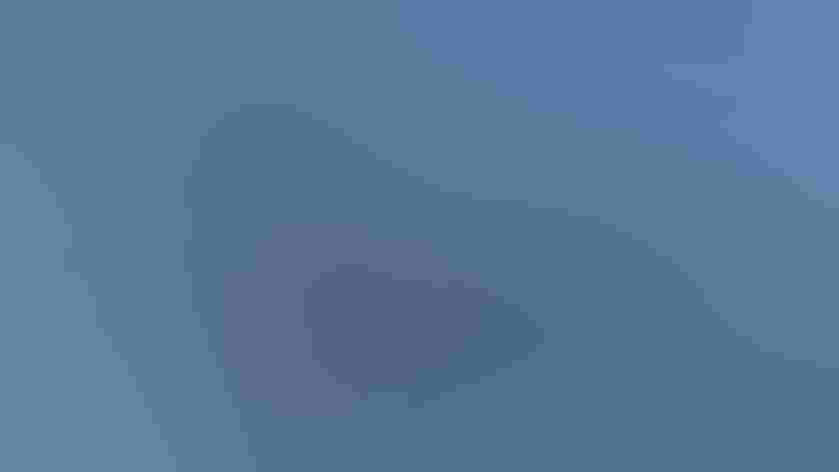Pelagic Cormorant
At a Glance
The smallest cormorant of the Pacific Coast. May be solitary in its feeding but gregarious at other times, with groups perching together on rocks near water, holding wings out to dry. During the nesting season, even non-breeding individuals come to roost at night around the edges of nesting colonies, but colonies are often smaller than those of its relatives. Often more shy and harder to approach than other cormorants.
All bird guide text and rangemaps adapted from by Kenn Kaufman漏 1996, used by permission of Houghton Mifflin Harcourt Publishing Company. All rights reserved.
Category
Cormorants, Upright-perching Water Birds
IUCN Status
Least Concern
Habitat
Coasts and Shorelines, Open Ocean
Region
Alaska and The North, California, Northwest, Western Canada
Behavior
Direct Flight
Population
400.000
Range & Identification
Migration & Range Maps
Present year-round in most of range, but vacates northernmost breeding areas (western Alaska) in winter when waters freeze, and becomes more common off southern California and Baja in winter.
Description
25-30" (64-76 cm). Smaller than other Pacific cormorants, with smaller head, thinner bill. Adults look very glossy overall; dark red on face is hard to see. In breeding plumage, develops patches of white flank feathers. Immatures are very plain dark brown, best identified by shape.
Size
About the size of a Heron, About the size of a Mallard or Herring Gull
Color
Black, Brown, Red, White
Wing Shape
Broad, Rounded
Tail Shape
Long, Rounded, Wedge-shaped
Songs and Calls
Groaning and hissing calls around breeding colonies.
Call Pattern
Flat, Simple
Call Type
Raucous
Habitat
Coast, bays, sounds. On ocean usually rather close to shore, sometimes well out to sea. Favors rocky bays, areas of deep water near base of cliffs. Nests on islands or coasts on narrow ledges, steep slopes, other inaccessible locations.
Sign up for 爆料公社's newsletter to learn more about birds like the Pelagic Cormorant
Behavior
Eggs
3-5, sometimes 1-7. Bluish white, becoming nest-stained. Incubation is by both sexes, 26-37 days, typically about 30.
Young
Probably both parents feed nestlings. Young may be capable of short flights at 35-40 days, leave nest at about 45-55 days (much variation). Parents may tend and feed young for a few weeks after they leave nest.
Feeding Behavior
Forages by diving from surface and swimming underwater, propelled mainly by feet, though possibly sometimes may use wings as well. Forages singly, although may be attracted to concentrations of other feeding birds. Known to dive to at least 120' below surface; takes much of food from near bottom in rocky areas.
Diet
Fish, crustaceans. Eats mainly small fish, including sculpin, herrings, greenlings, sand lance; also many crabs, shrimps. Also eats marine worms, amphipods, algae.
Nesting
Nests in colonies. Male displays at nest site with bill pointed up, tail down, quickly raising and lowering tips of folded wings so that white flank patches appear to flash rapidly. Nest: Site is on cliffs with near-vertical slopes, narrow ledges. Parents not effective at defending eggs or young, rely on inaccessible location for protection. Nest is of seaweed, grass, moss, sometimes sticks. Both sexes help build nest; may use same nest each year, adding to it annually.
Climate Vulnerability
Conservation Status
Numbers probably stable. Reportedly increased in coastal British Columbia during the 20th century. North American population in 1980s estimated at over 120,000, with close to three-quarters of those in Alaska.
Climate Threats Facing the Pelagic Cormorant
Choose a temperature scenario below to see which threats will affect this species as warming increases. The same climate change-driven threats that put birds at risk will affect other wildlife and people, too.










